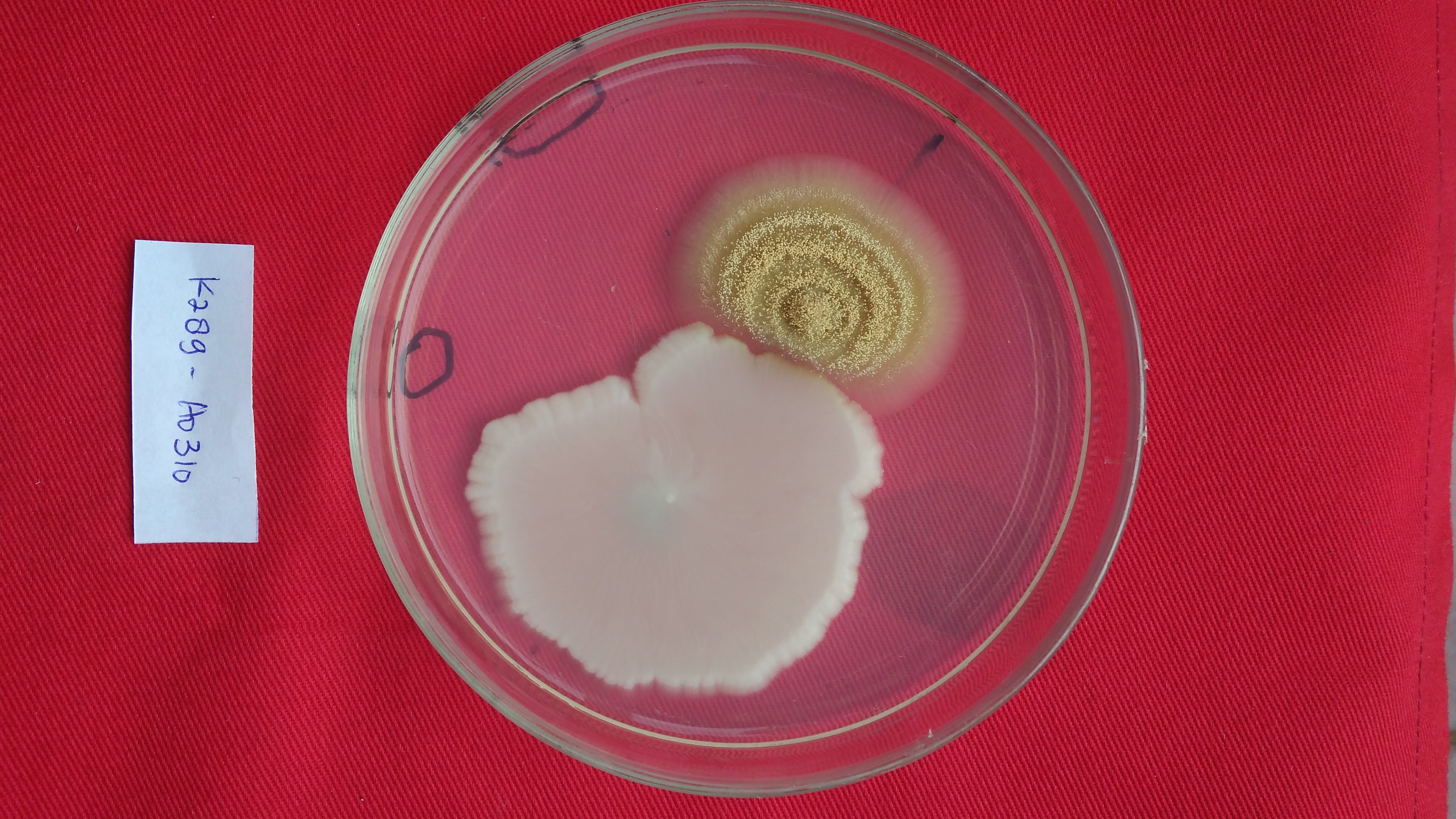
Tags
POTENCY OF YEAST AS BIOCONTROL AGENT OF OCHRATOXIN A PRODUCING FUNGI AND ITS EFFECT ON THE TASTE OF WET AND SEMIWET PROCESSED ARABICA COFFEE DNA mikrosatelit, keragaman genetik, kerbau rawa, Sulawesi
Content Language : English

Biological control using antagonistic microorganisms has been an efficient alternative control for controlling OTA-producing fungi. The use of biological control agents such as yeast to prevent the growth of OTA-producing fungi and increase the taste of coffee needs to be developed. The objectives of this research was to select yeast isolates that can inhibit the growth of ochratoxin A (OTA) producing fungi and increase the taste of wet and semi-wet processed Arabica coffee. Screening for antagonistic yeast on OTA producing fungi in vitro (3 isolates of Aspergillus niger and 4 isolates of A.ochraceus which showed the highest fluoresence) were conducted using well (dip) test method. Biocontrol agent of OTA producing fungi using yeasts in vivo was conducted by inoculating yeast into coffee beans. Moreover, the antagonism mechanism between yeast antagonists and OTA-producing fungi, and the taste of coffee in of inoculated coffee beans with yeast antagonists were also observed. As much as 3 isolates of yeasts (K287, K288 and K289) were used in biocontrol agent of OTA producing fungi using yeasts in vivo. The yeasts inhibited 3 isolates of A. ochraceus (BIO 37128, BIO 37310 and BIO 37311). The yeasts were Issatchenkia orientalis. The highest yeast population was found in coffee beans processed by semi-wet method inoculated with yeast isolates of K287 (36 333 ± 14 000 cfu / g) and K288 (46 222 ± 9576 cfu / g). Yeast isolates of K287, K288 and K289 can grow well either in coffee beans by wet and semi-wet processing methods inoculated with
A. ochraceus. Interaction between the yeast isolates and the fungus resulted E type interaction, because the fungus was not able to grow anymore, while the yeast isolates grew further. Total score specialty grades of coffee beans inoculated with the yeasts were higher than those uninoculated and inoculated with commercial yeast.
Attachments

This work is licensed under a Creative Commons Attribution-NonCommercial-NoDerivatives 4.0 International License.
